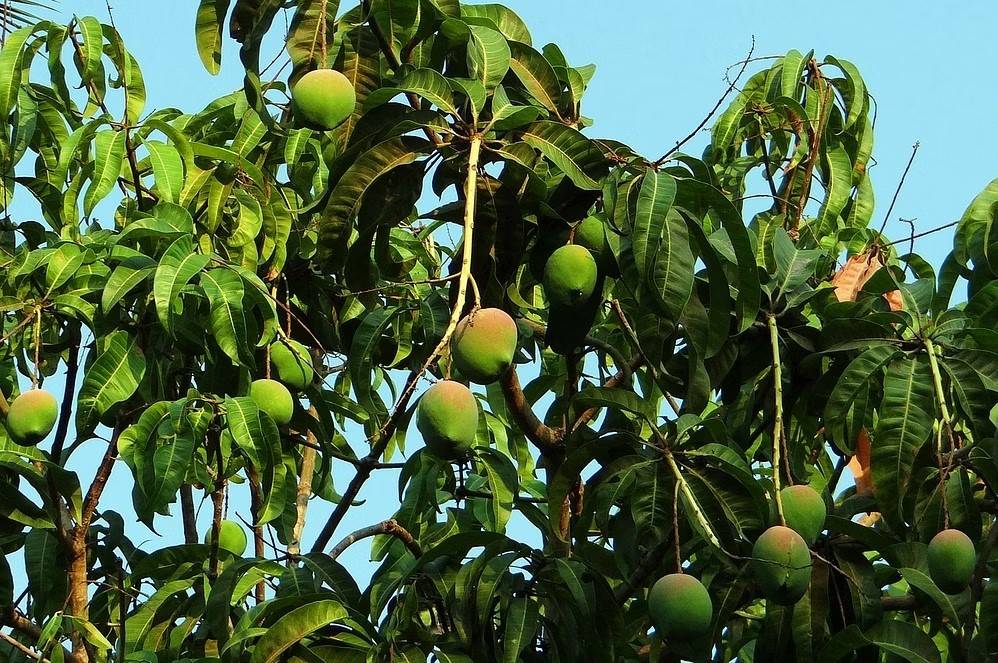
The Himachal Pradesh Horticulture Development Project (HPHDP), sponsored by the World Bank for Rs 1,293 crore, has resulted in the creation of a new orchard consisting of 605 mango plants with six new varieties at the Fruit Breeding and Demonstration Centre Jachch (Nurpur) in Kangra district.
The State Horticulture Department oversaw the development of the orchard, which includes the Pusa Arunima, Pusa Lalima, Pusa Surya, Pusa Shrestha, Mallika, and Chaunsa varieties.
Ordinarily, mango plants are cultivated at a distance of 10 meters apart, and only four plants are planted on one kanal of land. However, the development of the new varieties has allowed for high-density horticulture, allowing for 44 plants to be planted on one kanal of land with a plant-to-plant distance of 3 meters. This approach will provide more profit to farmers with increased productivity from their limited land.
The Horticulture department brought cuttings of the new plants from the Indian Agricultural Research Centre in New Delhi and prepared them at the PCDO Centre in Jachh. The plants were planted on a raised bed system, and a drip irrigation system was installed for their irrigation.
These plants began bearing fruits in the second year, but the fruits were plucked to ensure better development. Natural mud houses were also constructed for bees to aid in pollination. In Himachal Pradesh, mango crops such as Dussehri, Langda, Chausa, and Sanduri are typically ready for the market during peak season, along with the crops of other mango-producing states.
However, these mangoes are primarily green and yellow in colour, which makes it difficult for farmers to receive a fair price for their crops due to competition.
















